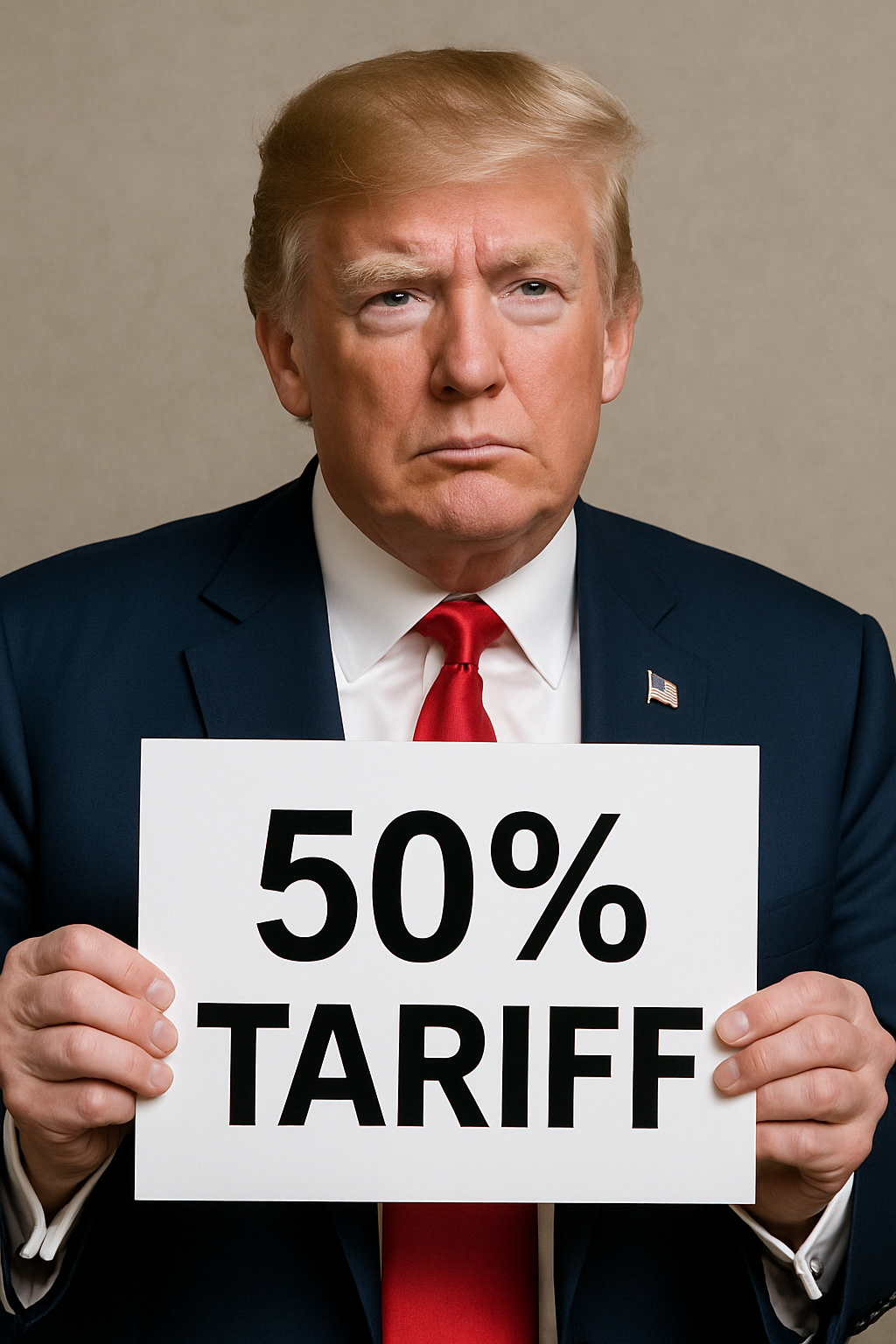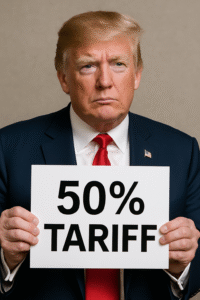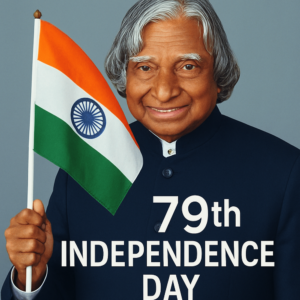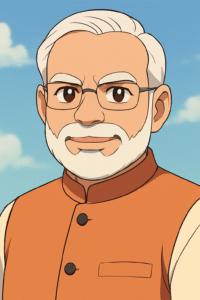The Hidden Side of Tariffs Jo Government Tumhe Nahi Batayegi

Tariffs ka Asli Matlab Samajhna
Tariffs ko aksar is tarah present kiya jata hai jaise ye domestic industries ko protect karne ka tool ho, local production ko boost kare aur foreign imports par dependence kam kare. Government ise ek patriotic shield ke roop me dikhati hai jo economy ko bacha raha hai. Lekin is shabd ke peeche ek zyada complex reality छुपी hoti hai.
Haan, kuch sectors ko iska faida hota hai, lekin tariffs ka asar economy par kaafi gehra hota hai jo public policy announcements me rarely discuss hota hai.
Simple shabdon me, tariffs ek tax hota hai jo imported goods par lagta hai. Isse unki cost domestic market me badh jaati hai. Ye price increase sirf businesses ko nahi, balki har consumer ko affect karta hai. Lekin tariffs ke peeche chhupi hui politics, corporate lobbying aur long-term economic effects public tak kam hi pahunchte hain.
Tariffs ke Peeche ka Political Agenda
Election years me governments aksar un industries par tariffs lagati hain jo politically strategic regions me hoti hain — taaki voters ka support mil sake. Kabhi tariffs ko un countries ko punish karne ke liye bhi use kiya jata hai jo geopolitically oppose karte hain. Is tarah economics aur politics ka mix short-term gains ko long-term stability par priority deta hai.
Consumer Par Asli Asar
Jo cheez sabse kam discuss hoti hai, wo ye hai ki tariffs directly consumer prices ko badhate hain. Jab imported goods mehange hote hain, businesses apna extra cost supply chain me pass kar dete hain — aur aakhir me ye burden consumer tak pahunchta hai.
Example:
- Steel par tariff lagta hai → Automobile manufacturers ke costs badh jaate hain.
- Car manufacturers apne prices badhate hain taaki profit margin same rahe.
- Consumers ko mehengi cars milti hain → Purchasing power kam ho jaata hai.
Iska result hota hai inflation ka pressure — jo un sectors ko bhi hurt karta hai jinka original tariff se koi lena-dena nahi hota. Low aur middle-income families par iska sabse zyada bura asar padta hai, jo “working class ko protect karne” wale narrative ko ulta sabit karta hai.

Local Industries ke Liye Hidden Subsidy
Publicly tariffs ko protective measures ke roop me justify kiya jata hai, lekin asal me ye ek hidden subsidy ban jaata hai domestic industries ke liye. Imported goods ko artificially mehenga karke local producers ko unfair advantage milta hai.
Problem ye hai ki jab industry ko global competition ka pressure nahi hota, to unke paas quality improve karne ya price reduce karne ka incentive kam ho jata hai. Isse long run me complacency aati hai, competitiveness girti hai, aur jab protectionist measures hata diye jate hain to industry vulnerable ho jaati hai.
Lobbying aur Corporate Influence
Tariff decisions sirf economic experts ke haath me nahi hote. Corporate lobbying ka isme bahut bada role hota hai. Bade corporations aur industry groups lobbying me huge amounts invest karte hain taaki unke favour me tariffs ban sake — chahe broader economy par iska negative effect ho.
Is lobbying ke chalte tariffs aksar influential industries ko benefit dete hain, jabki chhote businesses aur consumers iska burden uthate hain. Yani “national protection” ka narrative reality me “corporate advantage” ban jata hai.
Global Retaliation ka Danger
Tariffs ka ek kam reported effect ye bhi hai ki ye retaliation ka cycle shuru kar dete hain. Agar ek country tariffs lagati hai, to doosri country bhi apne tariffs laga kar jawab deti hai.
Ye tit-for-tat jaldi se trade war me badal sakta hai jisme dono sides ko nuksan hota hai. Businesses uncertain ho jaate hain, investments gir jaate hain, aur global supply chains disrupt ho jaati hain. History me aise retaliatory cycles ne global economic growth ko weak kiya hai, lekin political leaders in risks ko rarely acknowledge karte hain.
Supply Chains aur Manufacturing Par Asar
Aaj ki global supply chains multi-country interconnected systems par depend karti hain. Tariffs in systems ko disrupt kar dete hain, kyunki cost har stage par badh jati hai.

Example:
- Ek smartphone ke components 5 alag-alag countries se aate hain.
- Agar ek key component par tariff lag jaye, to poore product ki production cost badh jati hai.
- Manufacturer ko decide karna padta hai — ya cost absorb kare ya retail price badhaye.
Result ye hota hai ki domestic manufacturing industries jo imported raw materials par depend karti hain, wo bhi hurt ho jaati hain — wahi sectors jinhe tariffs protect karne ka claim kiya jata hai.
Exporters ke Liye Hidden Cost
Tariffs imports par focus karte hain, lekin indirectly exporters ko bhi damage karte hain. Retaliation ke chalte targeted countries apne trade barriers laga deti hain, jisse domestic exporters ko market access lose karna padta hai.
Exporters ko reduced demand, higher sourcing costs, aur kuch cases me complete business shutdown ka risk hota hai. Iska matlab job losses aur overall economic output me girawat.
Economic Inequality ka Badhna
Tariffs ka ek rarely discussed effect ye hai ki ye economic inequality ko badhate hain. High-income households price hikes easily absorb kar lete hain, lekin low-income families ko essential goods ke thode se price increase ka bhi zyada asar padta hai.
Aur jo industries tariffs se benefit karti hain, unke profits aksar corporate executives aur shareholders tak limited rehte hain — workers ko fair wage hike ka benefit nahi milta. Isse social tension aur economic polarization badh jata hai.
Overprotectionism ka Long-Term Risk
Short term me tariffs kuch industries ko boost dete hain, lekin long-term me overreliance economic stagnation ka cause ban sakta hai. Global competition ke pressure ke bina industries innovate nahi karti, aur international level par unki competitiveness gir jati hai.
Countries jo high tariffs ko lambe samay tak maintain karti hain, wo technology, production efficiency aur quality standards me peeche reh jaati hain. Yani jo protection industries ko strong banane ke liye hota hai, wo long run me unhe weak kar deta hai.
Jo Government Kabhi Admit Nahi Karegi
Official statements me government patriotic aur economic benefits ka hi zikr karti hai, lekin rarely admit karti hai ki tariffs:
- Consumer prices badhate hain aur inflation me contribute karte hain.
- Workers ki livelihood se zyada corporate profits protect karte hain.
- Lobbying influence ko public policy par zyada control dete hain.
Sach yeh hai ki picture kaafi nuanced hai, aur transparency ki kami ki wajah se log tariffs ke bare me informed opinion nahi bana pate.
Conclusion: Official Narrative ke Aage Dekho
Unke poore asar ko samajhna trade policy par informed discussion ke liye zaroori hai.
Official statements ke aage dekhoge to samajh aa jayega ki tariffs ka asli cost kaun deta hai — consumers, small businesses, aur long-term economic competitiveness. Jab conversation transparent aur informed hogi, tabhi trade policies public good ko serve karengi, na ki narrow corporate interests ko.





1 thought on “The Hidden Side of Tariffs Jo Government Tumhe Nahi Batayegi”